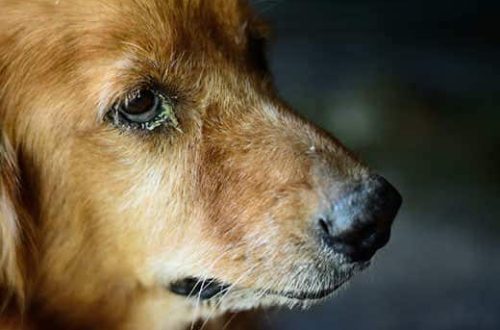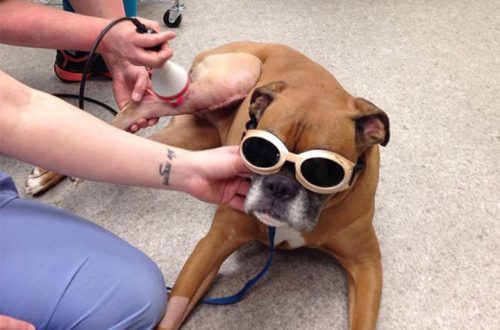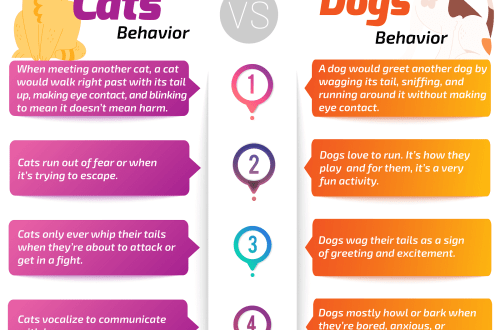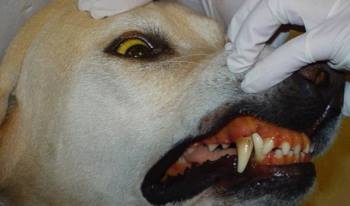
Leptospirosis in dogs and cats
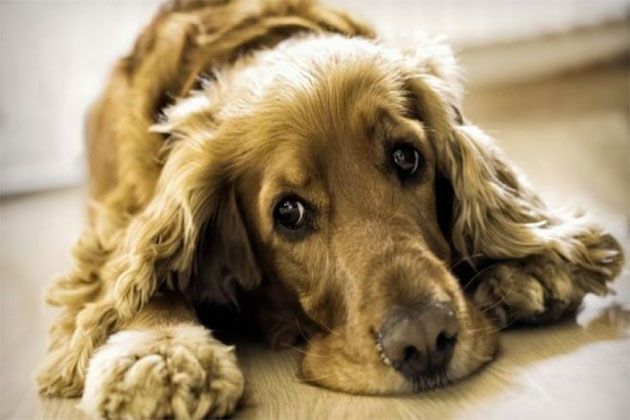
Leptospirosis is a dangerous widespread infectious disease. In this article, we will take a closer look at what leptospirosis is and how to protect pets from it.
What is leptospirosis? Leptospirosis is a severe infectious disease of a bacterial nature caused by bacteria from the genus Leptospira, which are members of the Spirochaetaceae family. In addition to cats and dogs, other domestic and wild animals can also get sick: large and small cattle, horses, pigs, wild predators – wolves, foxes, arctic foxes, minks, ferrets; rodents – mice, rats, squirrels, lagomorphs, as well as birds. For humans, this infection is also dangerous. Ways of infection with leptospirosis
- By direct contact with a sick animal, with its saliva, milk, blood, urine and other biological fluids
- Eating infected carrion or leptospira-carrying rodents
- Through contact with infected secretions from rats and mice in an urban environment
- When eating feed infected with rodents, when feeding meat, offal and milk of sick or recovered leptospiro-carrier animals
- When drinking contaminated water from open reservoirs and puddles
- When bathing dogs in infected ponds and puddles
- When digging in infested wet ground and gnawing on roots and sticks
- When mating dogs with leptospirosis
- Intrauterine route of infection and through milk from mother to cubs
- Through tick and insect bites
The pathogen enters the body mainly through the mucous membranes of the digestive, respiratory and genitourinary systems, as well as damaged skin. The incubation period (the time from infection to the appearance of the first clinical signs) averages from two to twenty days. Leptospira are not very resistant to preservation in the external environment, but in moist soil and water bodies they can survive up to 130 days, and in a frozen state they remain for years. At the same time, they are sensitive to drying and high temperatures: in dry soil after 2-3 hours they lose their ability to reproduce, in direct sunlight they die after 2 hours, at a temperature of +56 they die after 30 minutes, at +70 they die immediately. Sensitive to many disinfectants and antibiotics (especially streptomycin). The most favorable environment for the preservation of leptospira outside the body are wet puddles, ponds, swamps, slowly flowing rivers, and moist soil. The water way of transmission of infection is the main and most common. The disease most often manifests itself in the warm season, in summer and early autumn, especially in humid weather, as well as in hot weather, when animals tend to cool off and get drunk from open reservoirs and puddles. Cats are mainly infected by catching and eating rodents (usually rats), the water way of infection in cats is quite rare due to their natural rabies and pickiness in choosing water for drinking.
Signs and forms of the disease
Each owner knows that when the first signs of illness appear in a cat or dog, at least you need to call and consult with a veterinarian or come to a face-to-face appointment. This is especially true for risk groups: free-range cats, guard, hunting, shepherd dogs, especially if they are not vaccinated. The main clinical signs of leptospirosis in dogs are:
- Temperature increase
- Lethargy
- Lack or decrease in appetite, increased thirst
- The appearance of jaundice (staining from light yellow to dark yellow of the mucous membranes of the mouth, nasal cavity, vagina, as well as the skin of the abdomen, perineum, inner surface of the ears)
- Urination with blood or brown color, cloudy urine
- Blood is found in the stool and vomit, vaginal bleeding may occur
- Hemorrhages on mucous membranes and skin
- Pain in the liver, kidneys, intestines,
- Hyperemic and icteric areas appear on the mucous membranes of the mouth, later – necrotic foci and ulcers
- Dehydration
- Neurological disorders, seizures
- In the last stages of a severe course of the disease – a decrease in temperature, pulse, liver and kidney failure, the animal falls into a deep coma and dies.
Lightning form. The fulminant form of the disease has a duration of 2 to 48 hours. The disease begins with a sudden increase in body temperature, followed by a sharp depression and weakness. In some cases, the owners note in a sick dog arousal, turning into a riot; The dog’s high body temperature lasts for the first few hours of illness, and then drops to normal and below 38C. There is tachycardia, thready pulse. Breathing shallow, frequent. When examining the mucous membranes, their yellowness is revealed, bloody urine. Mortality in this form of the disease reaches 100%. Sharp form. In the acute form, the duration of the disease is 1-4 days, sometimes 5-10 days, mortality can reach 60-80%. Subacute form.
The subacute form of leptospirosis is characterized by similar symptoms, but they develop more slowly and are less pronounced. The disease usually lasts 10-15, sometimes up to 20 days if there are mixed or secondary infections. Mortality in subacute form is 30-50%.
Chronic form
In many animals, the subacute form becomes chronic. In the chronic course of leptospirosis, dogs retain their appetite, but emaciation, slight yellowness of the mucous membranes, anemia, periodic diarrhea appear, yellowish-gray scabs form on the mucous membranes of the mouth, opening with ulcers. Body temperature remains normal. In this case, the dog remains a carrier of leptospirosis for a long time.
The atypical form of the disease proceeds easily. There is a slight and short-term increase in body temperature (by 0,5-1°C), slight depression, anemic visible mucous membranes, slight icterus, short-term (from 12 hours to 3-4 days) hemoglobinuria. All the above symptoms disappear after a few days and the animal recovers.
The icteric form is recorded mainly in puppies and young dogs aged 1-2 years. The disease can be acute, subacute and chronic. Accompanied by hyperthermia up to 40-41,5 ° C, vomiting with blood, acute gastroenteritis, severe pain in the intestines and liver. The main distinguishing feature of the icteric form of the disease is the specific localization of leptospira in the liver, which causes severe damage to liver cells and profound violations of its most important functions.
Hemorrhagic (anicteric) form of leptospirosis occurs mainly in older dogs. The disease occurs most often in an acute or subacute form, begins suddenly and is characterized by short-term hyperthermia up to 40-41,5 ° C, severe lethargy, anorexia, increased thirst, hyperemia of the mucous membranes of the oral and nasal cavities, conjunctiva. Later (on the 2nd-3rd day) the body temperature drops to 37-38°C, and a pronounced hemorrhagic syndrome develops: pathological bleeding of the mucous membranes and other membranes of the body (oral, nasal cavity, gastrointestinal tract).
For cats, the situation is more complex. Leptospirosis in cats is often asymptomatic. This is especially true of the period of onset of the disease and the 10-day incubation period. After a large amount of the pathogen (leptospira) accumulates in the body, the disease begins to manifest itself clinically. There are no specific symptoms that are unique to cats with leptospirosis. All of them occur in many other diseases. Lethargy, apathy, drowsiness, fever, refusal of food and water, dehydration, dry mucous eyes, icteric manifestations on the mucous membranes, darkening of urine, vomiting, diarrhea, followed by constipation, convulsions, and these symptoms can be of varying severity up to to almost invisible. It is important to track the sequence of manifestation of a particular symptom, contact a veterinarian, then do laboratory tests and confirm the diagnosis. There are cases of a sudden external recovery of a cat, when the symptoms abruptly disappear, as if they were not there, the cat looks healthy. The cat then becomes a leptospiro carrier.
Diagnostics
Leptospirosis can masquerade as other diseases. Since the infection is highly contagious and dangerous, including for humans, it is necessary to carry out diagnostics. Basically, veterinary laboratories cooperate with human microbiological laboratories. The study requires the blood or urine of a suspected sick animal. The exact diagnosis is established according to the results of laboratory studies (bacteriological, serological, biochemical). Differential diagnoses: Leptospirosis should be distinguished from other diseases. In cats from acute nephritis and hepatitis, infectious diseases. A similar picture can be observed, for example, with infectious peritonitis of cats. In dogs, leptospirosis must be distinguished from poisoning, infectious hepatitis, plague, piroplasmosis, borreliosis, and acute renal failure. Treatment Treatment for leptospirosis is not quick. Hyperimmune sera against leptospirosis are used at a dose of 0,5 ml per 1 kg of body weight, especially in the early stages of the disease. Serum is injected subcutaneously, usually 1 time per day for 2-3 days. Antibiotic therapy is also used, symptomatic treatment (the use of hepatoprotectors, antiemetic and diuretic drugs, water-salt and nutrient solutions, detoxification drugs, for example, gemodez).
Prevention
- Prevention of self-walking dogs and cats
- Avoiding contact with stray animals, possible leptospiro carriers
- Control of the rodent population in the habitat of the animal
- Treatment of places where animals are kept with disinfectants
- Treatment of the animal from external parasites
- Use of proven dry food and meat products, clean water
- Restriction / prohibition of swimming and drinking from suspicious bodies of water with stagnant water
- Timely vaccination. All major types of vaccines include a component against leptospirosis. It is important to remember that vaccination does not provide 100% protection against leptospirosis. The composition of the vaccines includes the most common strains of leptospira, and in nature there are much more of them, and the duration of immunity after vaccination is less than a year, so annual double vaccination is recommended.
- When working with sick animals, a person must be protected by goggles, gloves, closed clothing, and disinfection should not be neglected.



